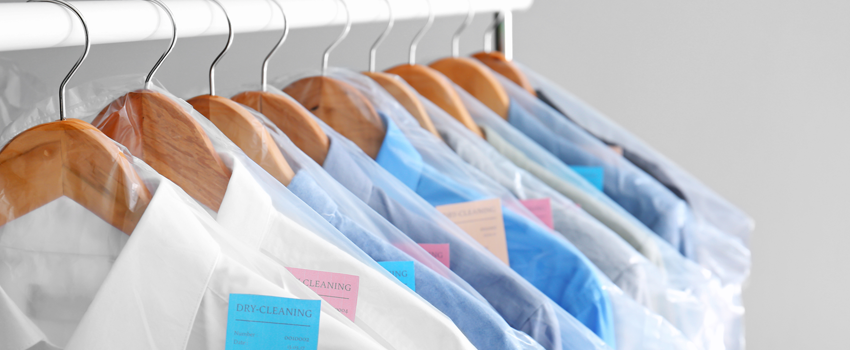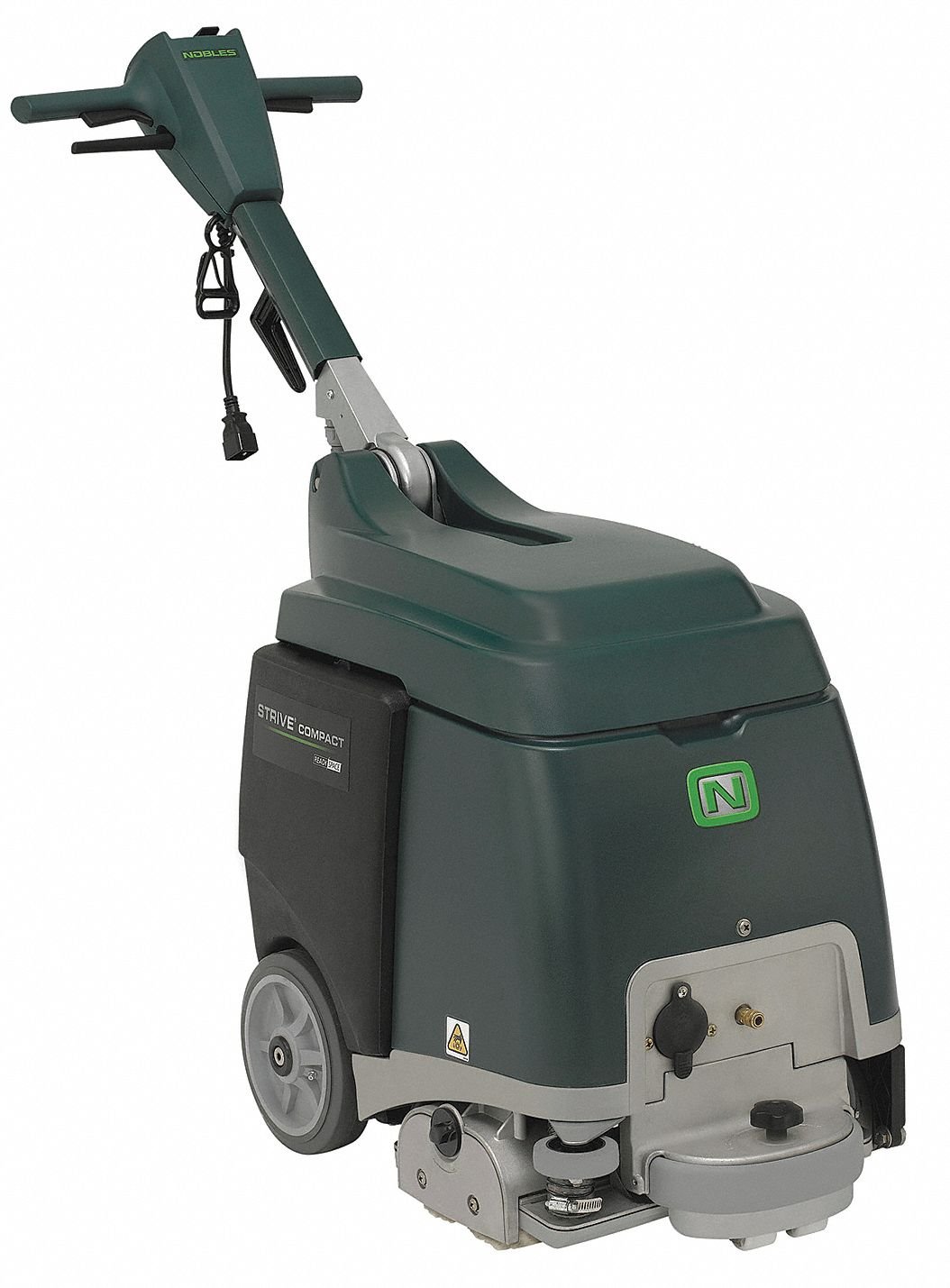Dry Cleaning and Laundry Delivery Service - San Francisco for Dummies

Getting The Lapels Dry Cleaning – Environmentally Friendly Dry To Work
Cleaning of fabrics in non-aqueous solvents Dry cleaning is any cleaning procedure for clothes and textiles using a solvent aside from water. Dry cleansing still includes liquid, but clothing are rather taken in a water-free liquid solvent, tetrachloroethylene (perchloroethylene), understood in the industry as "perc", which is the most widely used solvent.

Attorney sues dry cleaner for refusing to return clothing - West Virginia Record
The majority of natural fibers can be cleaned in water but some synthetics (e. g., viscose, lyocell, modal, and cupro) react inadequately with water and needs to be dry-cleaned. History [edit] Dry cleansing came from with American entrepreneur Thomas L. Jennings. Jennings described his approach as "dry scouring". Also Found Here -works operator Jean Baptiste Jolly developed his own technique utilizing kerosene and fuel to clean fabrics.

Launder & Press vsDry Cleaning

What is Dry Cleaning ।। How Does Dry Cleaning Work - YouTube
Flammability concerns led William Joseph Stoddard, a dry cleaner from Atlanta, to develop Stoddard solvent (white spirit) as a somewhat less flammable alternative to gasoline-based solvents. Making use of highly combustible petroleum solvents triggered lots of fires and surges, resulting in government regulation of dry cleaners. After World War I, dry cleaners started utilizing chlorinated solvents.
Our Country Club Cleaners: Next Day Delivery Dry cleaning PDFs
It has exceptional cleansing power and is nonflammable and suitable with a lot of garments. Because it is stable, tetrachloroethylene is easily recycled. Facilities [modify] Dry cleansing services, from the point of view of the consumer, are either plants or drop shops. A plant does on-site cleaning. A drop shop receives garments from clients, sends them to a large plant, and then has actually the cleaned up garment returned to the buy collection by the customer.
At this time, dry cleaning was carried out in 2 different machinesone for the cleaning procedure, and the 2nd to eliminate the solvent from the garments. Machines of this age were explained as vented; their drying exhausts were expelled to the atmosphere, the same as numerous modern-day tumble-dryer exhausts. This not only contributed to ecological contamination however also much potentially reusable PCE was lost to the environment.
Most of modern-day enclosed machines likewise integrate a computer-controlled drying sensing unit, which automatically senses when all detectable traces of PCE have actually been gotten rid of. This system ensures that only little amounts of PCE fumes are released at the end of the cycle. System [modify] Structure of cellulose, the main constituent of cotton.

